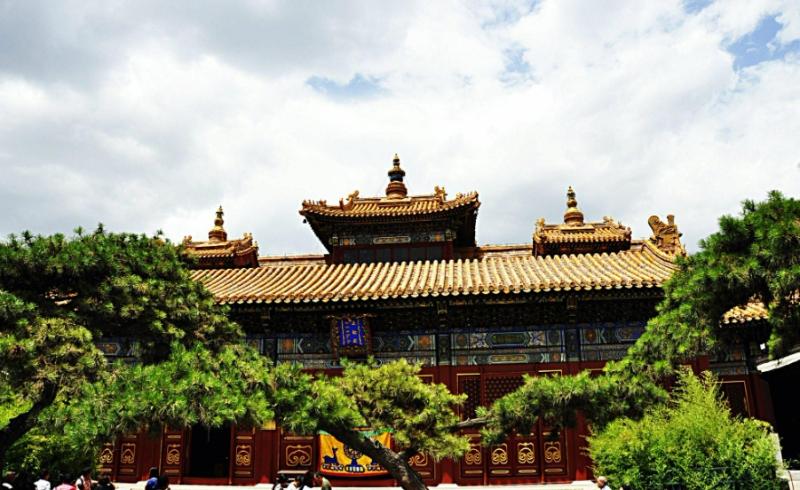When Was the Yonghe Temple Built
Yonghe Temple embodies a blend of Han and Tibetan architectural styles and was established in the 2nd year of the Qing dynasty's Yongzheng reign (1694), serving as Emperor Yongzheng's palace. Yonghe Temple, as a structure blending Han and Tibetan architectural styles, carries rich historical significance in its construction era. Let's delve into the details of Yonghe Temple's establishment time.

Reference: Yonghe Temple: A Cultural Gem of Buddhism in Beijing
1. Establishment in the 2nd Year of the Qing Dynasty Yongzheng Reign (1694)
The construction of Yonghe Temple can be traced back to the 2nd year of the Qing dynasty, which corresponds to the year 1694. At that time, Emperor Kangxi built this palace for his fourth son, Yinzhen (later Emperor Yongzheng), as his residence. This structure not only served as the residence of the royal family but also stood as a model of imperial palace architectural art.
2. Fusion of Han and Tibetan Architectural Styles
Yonghe Temple is renowned for its unique architectural style, blending elements of Han and Tibetan cultures. In its architectural structure, decorative patterns, and artistic styles, Yonghe Temple showcases the fusion and coexistence of Han and Tibetan cultures, epitomizing the charm of multiculturalism.
3. Emperor Yongzheng's Palace
As Emperor Yongzheng's palace, Yonghe Temple initially carried a special historical mission. Emperor Yongzheng, the fifth emperor of the Qing dynasty, constructed Yonghe Temple not only as his personal residence but also to demonstrate his imperial authority, political status, and support for Tibetan Buddhism.
4. Continuation of Cultural Heritage
Over time, Yonghe Temple has evolved into an important cultural heritage site, continuously inheriting and promoting the essence of history and culture. Its architectural style and historical significance have not only left behind valuable historical documents for future generations but also served as vivid witnesses to the diverse integration of Chinese culture.
Conclusion
Established in the 2nd year of the Qing dynasty's Yongzheng reign (1694), Yonghe Temple stands as a monumental feat in history and culture. Its unique blend of Han and Tibetan architectural styles, along with its historical identity as Emperor Yongzheng's palace, makes it an essential chapter in Chinese architectural history. Today, as a nationally protected cultural relic, Yonghe Temple attracts numerous tourists and scholars, continuing its unique historical mission and cultural significance.
QA:
1. When was Yonghe Temple built?
Yonghe Temple was built in the 2nd year of the Qing dynasty's Yongzheng reign, in 1694.
2. What was the historical significance of Yonghe Temple during Emperor Yongzheng's reign?
Yonghe Temple served as Emperor Yongzheng's palace, symbolizing his imperial authority, political status, and support for Tibetan Buddhism.
note: This return of all, without the author's permission, may not be reproduced